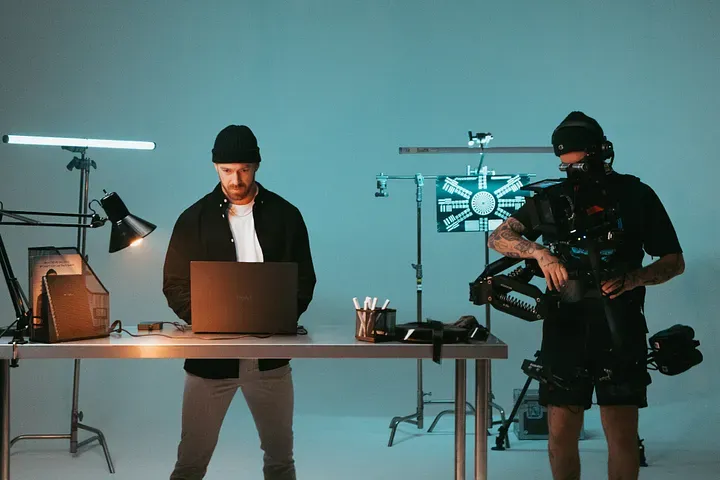The Impact of Video Content in Today’s Advertising World
The advertising world is experiencing a significant change with the rise of video content.

Key Takeaways:
- Video content offers an immersive and captivating experience for viewers, making it the centerpiece of digital advertising.
- Changes like personalized content and interactive videos are reshaping how brands engage with their audience.
- Businesses need effective video marketing strategies to stay competitive in the digital world.
The advertising world is experiencing a significant change with the rise of video content. Video content is expected to account for over 82.5% of all internet traffic by the end of 2023, proving its very strong influence in the digital marketing space. Let’s look into how video content is changing the game in advertising.
1. The Rise of Video Content in Digital Marketing
Thanks to its ability to deliver messages in a dynamic, engaging, and easily digestible format, video content has become a dominant force in digital marketing. Companies are increasingly using video content to tell their brand stories, showcase products, and interact with their audience. For example, a clothing brand may use a short video to showcase the versatility of its new line, making the content more relatable compared to traditional photos or text.
2. Interactive Video Content: A Game Changer
Interactive videos allow viewers to interact with the content. By adding clickable links, polls, quizzes, or branching scenarios, brands are making passive viewers actively participate. This approach increases engagement and also provides important data on customer preferences and behaviors. A skincare brand, for example, might create an interactive video that lets viewers choose their skin concerns and immediately see recommended products.
3. Personalization in Video Marketing
Personalization is another trend influencing the future of video advertising. Brands are creating personalized video content tailored to individual viewer preferences, which leads to higher engagement and conversion rates. For example, a streaming service might send personalized video emails to users, highlighting shows or movies based on their viewing history.
4. The Role of Social Media Platforms
Social media platforms are playing a very special role in the growth of video content. Platforms like YouTube, Instagram, and TikTok offer unique opportunities for brands to connect with broader audiences with creative and shareable video content. A restaurant, for example, could use TikTok to launch a viral video challenge, engaging with a younger demographic in a fun and interactive way.
5. Challenges and Opportunities
While there are opportunities, the shift to video content also presents challenges, including the need for higher-quality production and creative storytelling skills. Brands must overcome these challenges to be able to create content that stands out.
Conclusion
In conclusion, video content is not just an element of modern advertising; it is at the forefront of how brands communicate with their audience. With its ability to tell compelling stories, offer interactive experiences, and deliver personalized messages, video content is essential for any brand looking to succeed in today’s digital marketing world.
Final Thoughts
The importance of video content in advertising will only continue to grow. Brands that have adopted this trend and created innovative video marketing strategies will be well-positioned to capture their audience’s attention and achieve lasting success in the digital age.


